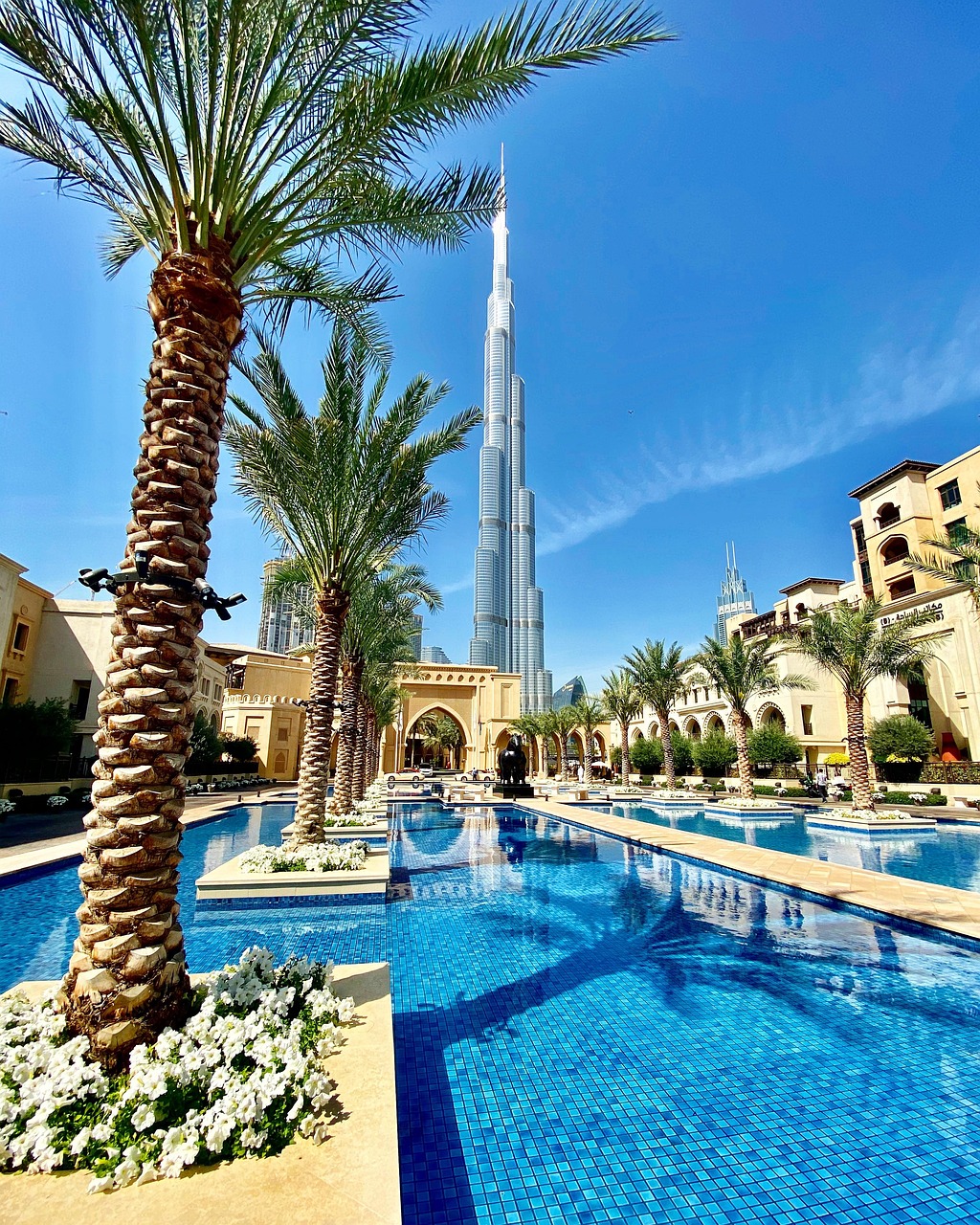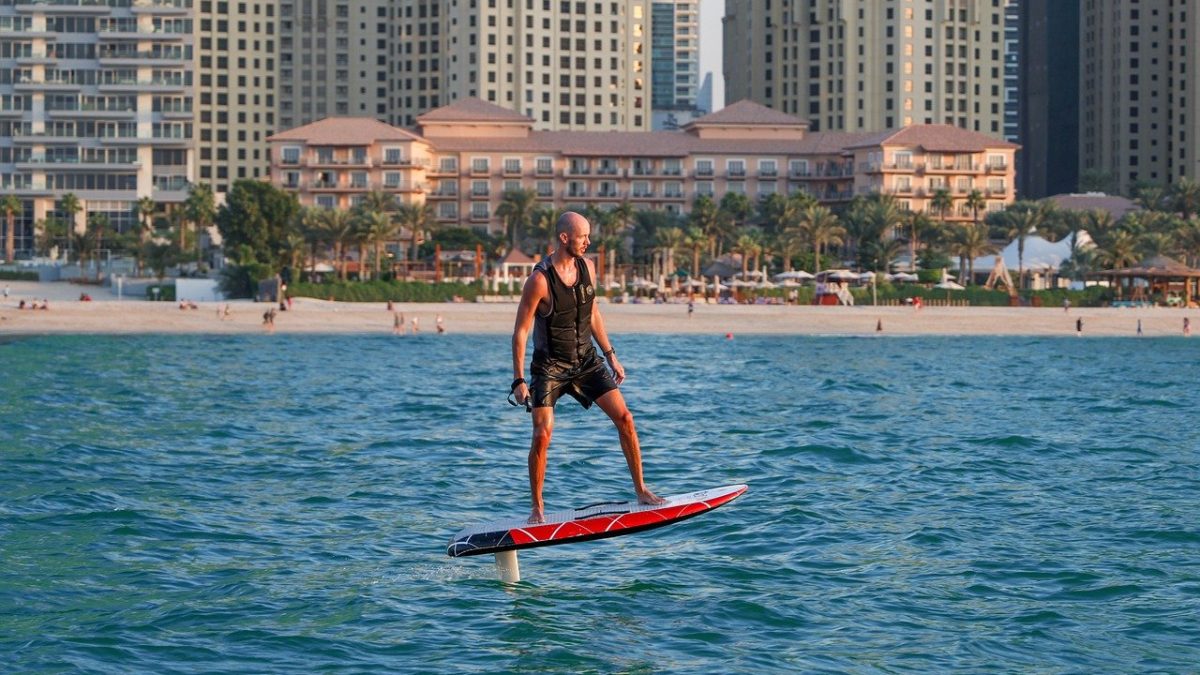This is your invitation to travel through Dubai’s rich cultural timeline, from ancient trade routes and souks to architectural marvels. Dubai’s story is one of inspiration. It was once a small trading port along ancient spice routes, but has now grown into one of the most modern cities in the world. While on the surface the city looks futuristic and modern, there are echoes of its past in every corner.
History of Trade Routes
Dubai now boasts an incredibly modern skyline, but before it came to be, it was a trading port along the spice and pearl trade routes. Merchants from India, Persia, and East Africa passed through its ports, bringing goods and their own traditions. This history shaped Dubai into a diverse and open-minded city long before the discovery of oil.
Souks
Dubai is still very much a Bedouin city, which is evident from the number of souks you can still see. The Gold Souk, Spice Souk, and Textile Souk remain busy with locals, tourists and traders. Take your time walking through these markets, feeling like you’re in another era.
No matter where you are in the UAE, you should make time to visit these characterful souks. For example, even if you’re staying at Oaks Liwa Executive Suites, which offers a range of hotel apartments in Abu Dhabi, the journey to the souk takes just over an hour.
Modern Infrastructure
Dubai is known the world over for its ultra-modern transport, clean streets, and spectacular urban planning. The metro is fully automated, the roads are wide, and smart city features like AI and sustainability planning have come into the picture.
Architectural Marvels

Dubai’s skyline is full of wonders. It’s dominated by remarkable architectural feats such as the Burj Khalifa. While it all seems very modern, Dubai likes to blend the future with the past, as seen in the Museum of the Future and the traditional wind towers incorporated into modern buildings.

